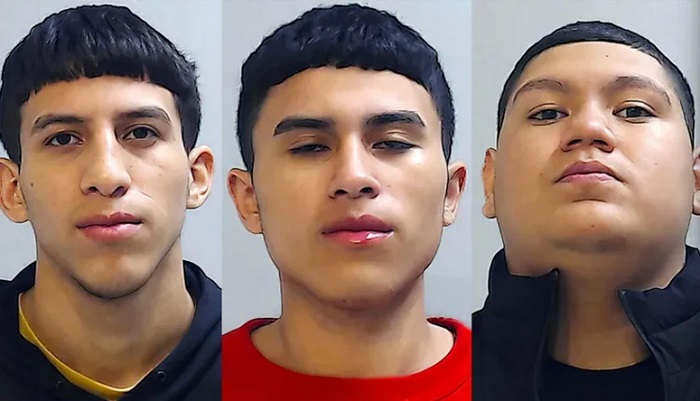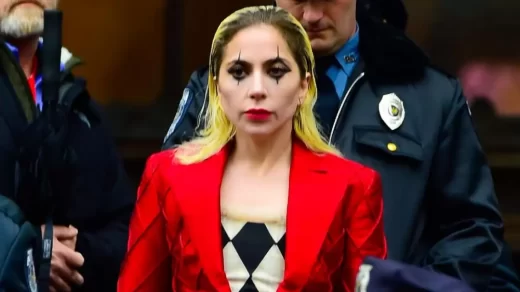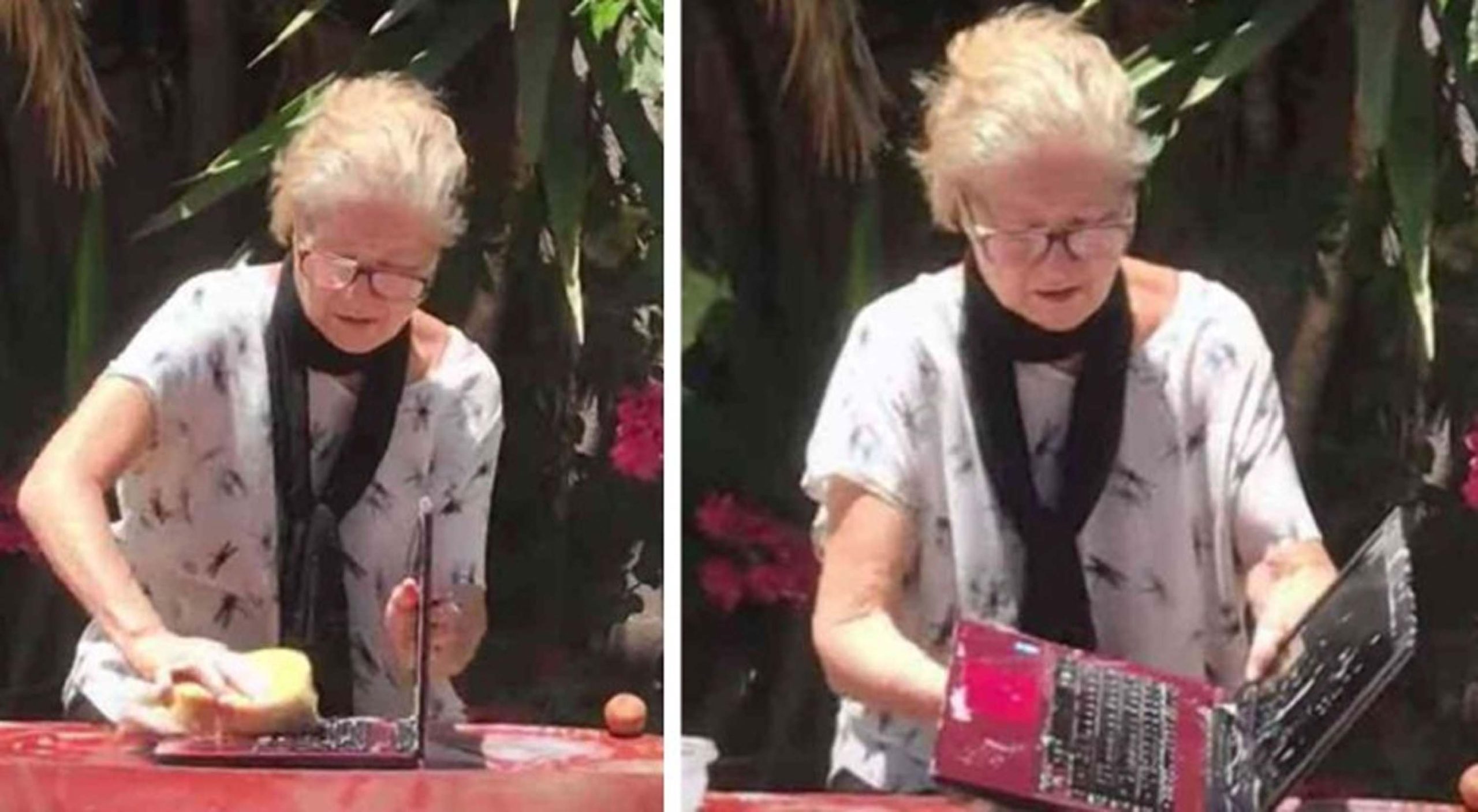So let’s get right to it, everyone. First, let me remind you that many of these terms are not regulated, meaning that they can be used for marketing reasons without being subject to a uniformly applied definition. In the descriptions, I’ll mark words with supporting regulations.
Environmentally sound, green, organic, and earth-friendly. All of these terms suggest a product or business that makes an attempt to offer a good that is “friendly” to the environment. These goods or businesses are essentially claiming that their “eco-friendly xyz” product has a lower environmental impact than goods without this label, but sadly none of these claims are quantifiable. There are no accompanying measurements for the acts, ingredients, or materials used.
While I appreciate a green label with leaves and the eco tagline as much as the next environmentalist, these phrases are phony and have no meaning to me because there are no measures of the actions or ingredients/materials utilized that go along with these labels. When compared to anything supported by actual outcomes, it is more akin to a wish.
Organic: is an easy one since this word is regulated both in textiles and food industries. You won’t find this word or seal unless the product is indeed organic and has been produced according to the USDA standards.
Biodegradable: refers to what’s in the package itself and means that the product will break down into organic matter. Keep in mind, biodegradable and compostable materials require light, oxygen, and bacteria to properly break down into smaller particles. Biodegradables will NOT break down in a landfill since there is often no light, little to no air, and little to no healthy bacteria to appropriately break down even banana peels back into healthy soil/organic matter.
Sustainable, green, and clean: these are more wish list words. If the package says “clean baby sunscreen,” then I would personally flip it over and see if they tell me what “clean” means to them. It’s a word that, for now, each company can define for themselves. Several companies have a version of a “never list” with ingredients you won’t find in their products, which makes them “cleaner” than brands including those potentially harmful ingredients, but there’s still no clear distinction between levels of “clean.”
Made from recycled materials: – this one can be a claim, OR backed up. The GRS or RCS is a certification that verifies the content of the product and responsible production practices. It’s not widespread now, but I think we’ll see more of this certification in the future.
Made Safe: this is a gold standard on par with the B Corp certification for me. You’ll usually find this certification right on the label and means that the product is made with safe ingredients not known or suspected to harm human health. There are 13 steps in their process including screening against carcinogens, bioaccumulation, harm to marine life, contamination risks, and more.



